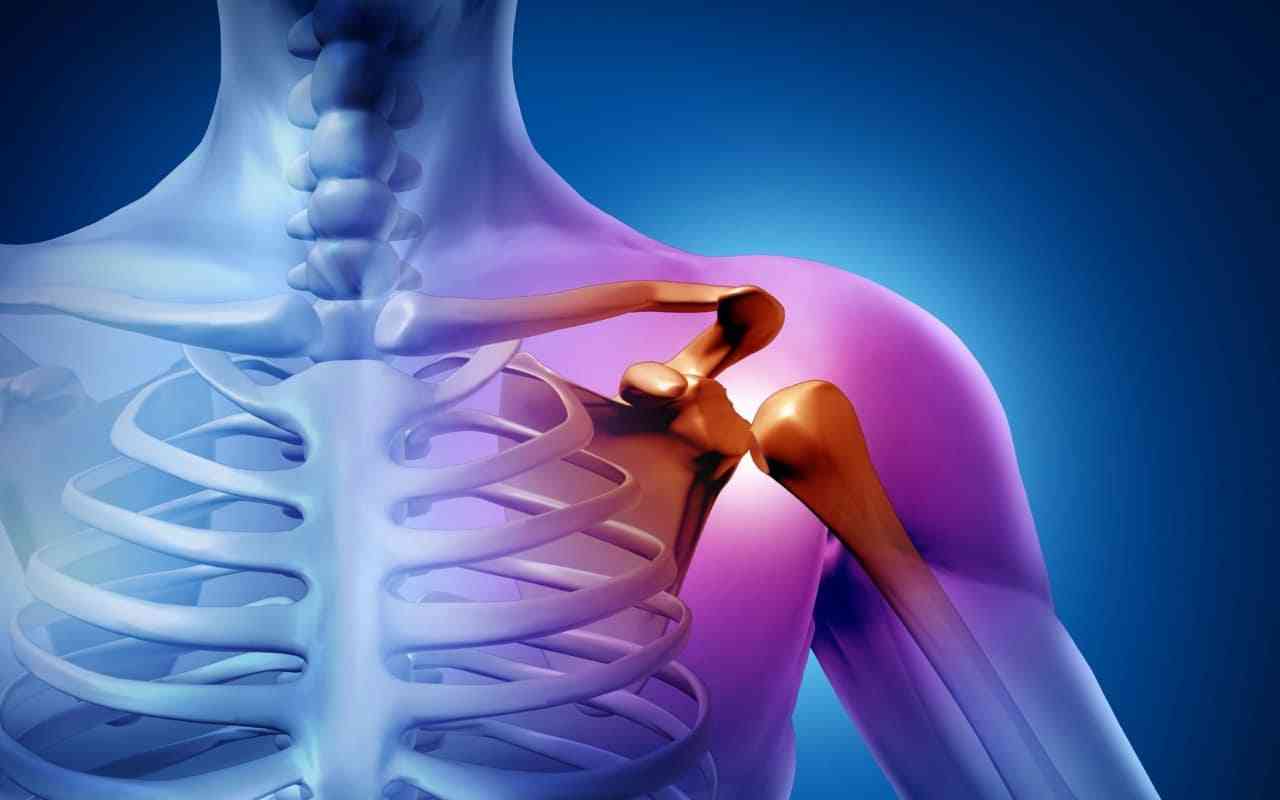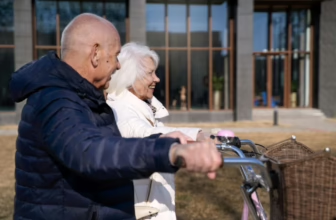Injury and sickness happen, and it's a normal part of life. However, handling these setbacks makes all the difference in how you can get back up. If you exercise 3 to 6 times a week, a shoulder injury doesn't mean you should have to stop your workout entirely.
After any shoulder problem, getting movement and strength back is essential. It supports tissue healing and will help you get moving like usual again.
In this post, we prepared recommendations for staying fit and active during a shoulder injury recovery. Depending on the case of your injury, it is recommended to have it checked by a doctor first. Experts in this field will help you recover faster. Some professionals specialize in shoulder injury, like Dallas shoulder surgeons.
Tips for Staying Active and Fit During a Shoulder Injury Recovery
Condition Your Mindset
Begin your healing journey by conditioning your mind. Along the way, you can get frustrated with your recuperation progress. However, with a strong mindset, you can do anything. You can work on your mental fitness with meditation. Remember that your physical health is as important as your mental health.
Ask for the Help of a Professional
Before performing shoulder workouts, you must correct existing mobility issues. It will help you support the muscles that help move and stabilize your shoulder. We recommend you work with a shoulder surgeon or physical therapist who can guide you through the correct exercises or movements. No matter who's helping you heal, you need to focus on mobility.

Woman doing physical therapy after shoulder surgery.
Don't Jump Back in All at Once
When you're returning from a long break, especially when you're still in recovery, remember that your body is not yet as capable as before. Listen carefully to what your body says.
It is best to start with light exercises for your upper body, specifically on your shoulder.
Continuing traditional cardio exercise is possible as the lower body can fully exercise. Some options with minimal shoulder movement are walking, stationary or hands-free cycling, stair climbing, and other exercise machines. You can modify your activities' intensity, length, and action.
Gradually Build Your Strength
In addition to cardio workouts, strength training routines will help you maintain power in the non-injured muscles and joints as you progress. Consider doing circuit routines 4 to 5 times a week.
Remember to warm up thoroughly before you start exercising. You can perform leg presses, squats, and other workouts that won't strain your shoulders. You must stop if you feel any pain or discomfort. Try to avoid that movement while you heal.
Keep the Momentum
As your healing progresses, assuming you can move your shoulders with less pain, you can start with light exercises for the shoulders. It is best to use your body weight and skip the dumbbells. You can do wall sitting and other bodyweight exercises. Again, consider how your shoulder feels and how much movement you can execute safely without pain.
Once you can move through a fit range of motion comfortably, add light weights and perform shoulder exercises, such as deadlifts. Your physical therapist may recommend other workouts as you improve shoulder mobility.
Focus on a Balanced Diet
Prioritizing your nutrition while healing will surprise you that making healthy food choices helps. Eating nutritious food enables you to recover faster and keeps your body in shape.
Depending on your injury, if you don't eat healthy while doing fewer movements, this will significantly affect your weight and body fat. While you can't do challenging workouts temporarily, ensuring you eat healthily is vital. It's necessary for your healing to eat well while you're sidelined, and it can help you avoid putting on extra weight while you are laid up.
Incorporate great foods that will help you recover from your shoulder injury, such as foods rich in vitamins C, A, and D. Protein-rich foods will also help you regain strength.
Vitamin C supports the integrity of your muscles and tendons. Add citrus fruits to your diet, such as oranges, lemons, and berries, or veggies, like green leafy ones and broccoli. Vitamin A fights infections that will help speed up your healing. Eat carrots or winter squash. Vitamin D strengthens your bones and muscles. Consume sources like salmon and mushrooms.

Weights, water bottle, and fresh vegetables for a healthy recovery from shoulder injuries.
Conclusion
Seek professional help during your healing, such as orthopedic doctors, shoulder surgeons, physical therapists, and other experts. It is highly recommended that experienced individuals guide you in this field.
Work out and heal at your own pace. It won't help to rush anything; the only real goal is good health. If you wish to cut out physical activity temporarily, you can do mental health exercises. When you are ready, you can proceed with beginner or low-impact routines.
During your healing journey, it is essential to be honest with yourself. Always listen to what your body is saying. Avoiding things that may cause you additional pain or discomfort would be best.
Images via Deposit Photos
Follow me down the rabbit hole!
I'm Alice and I live with a dizzying assortment of invisible disabilities, including ADHD and fibromyalgia. I write to raise awareness and end the stigma surrounding mental and chronic illnesses of all kinds.








